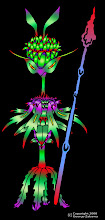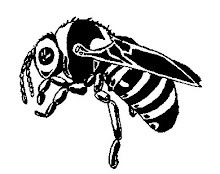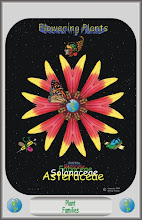




Red Henbit (Lamium purpureum)
Commonly called Red Henbit or Purple Deadnettle, this native of Europe, blooms in early spring alongside and with Lamium amplexicaule, common henbit.
Growing in lawns, roadsides, and fields the Red Henbit produces small one quarter inch pink flowers similar to those of the common Henbit, Lamium amplexicaule. Red Henbit plants are two to six inches tall and have leaves which are cordate, opposite, tinged red and very hairy.
Red Henbit, not as widely spread as Lamium amplexicaule, is found in most states amd is considered weedy or invasive in many areas.
Young leaves of this plant may be eaten raw or cooked and an extract from the plant used to treat wounds.
It is not recommended that these plants be used as medicine or food since they may have bad side effects. Similar species, misidentified, may cause illness or death.







1 comment:
Hi George. I just recently happened upon your blog and hope to check it often.
Lamium purpureum eaten? Really? Man, those leaves stink! Should it be boiled and the water drained before eating, or are the leaves eaten raw?
Post a Comment